Since the release of BYD DM-i super hybrid technology, there have been many fans and many controversies, especially about its fuel consumption performance.
Now, it has been more than two months since I started this Qin PLUS (parameter picture) DM-i, and the car has driven nearly 3000 km. It is time to talk about the truest performance of this car.
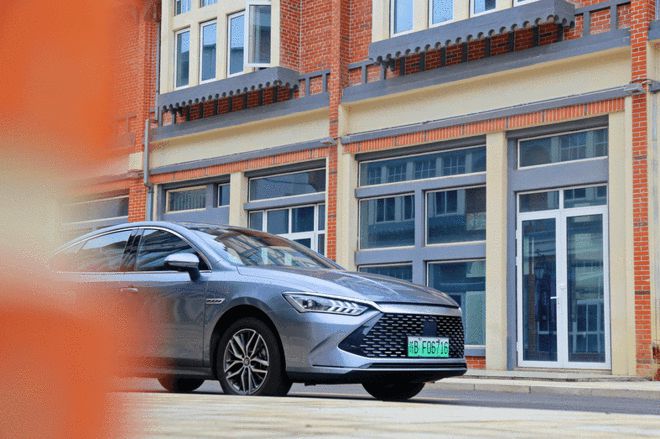
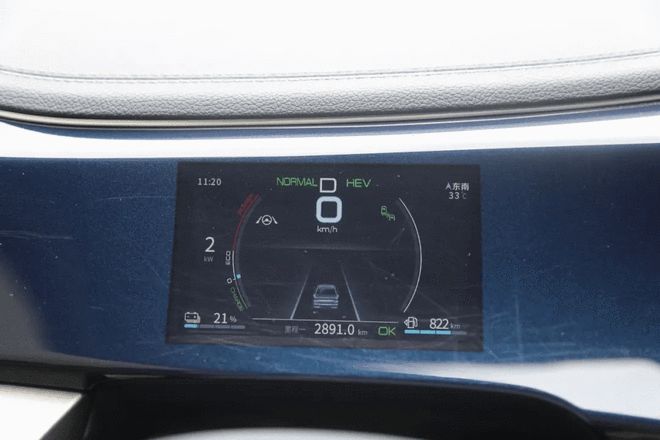
What is the real fuel consumption?
After the opening of Qin PLUS DM-i, the biggest change is the change of driving mentality.
In the past, when driving a fuel car, as long as you put your foot on the accelerator pedal, all kinds of fuel-saving tips will ring in your ear. What to do is to keep the economic speed, don’t accelerate too fast, and don’t turn the air conditioning temperature too low. Then, when you see the fuel consumption drop from double digits to single digits bit by bit, a sense of pride will always arise.
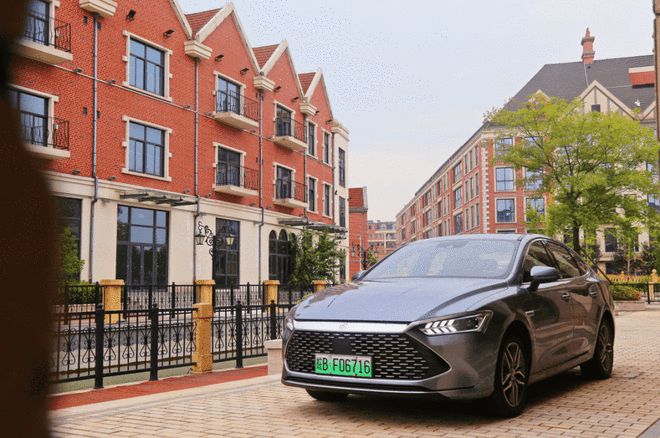
However, since I started Qin PLUS DM-i, after a short adaptation period, I quickly put these fuel-saving tricks behind me, because DM-i is really fuel-efficient.
At first, I found that when I went out to shoot, I left it on, and when I took a break, I left the air conditioner on, and the fuel consumption would not change, because most of the time, the power of the car battery could completely support the power consumption of the air conditioner; Later, because charging was more troublesome, I often kept running without electricity for a long time, but the fuel consumption of this Qin PLUS DM-i was still "stable as a dog".
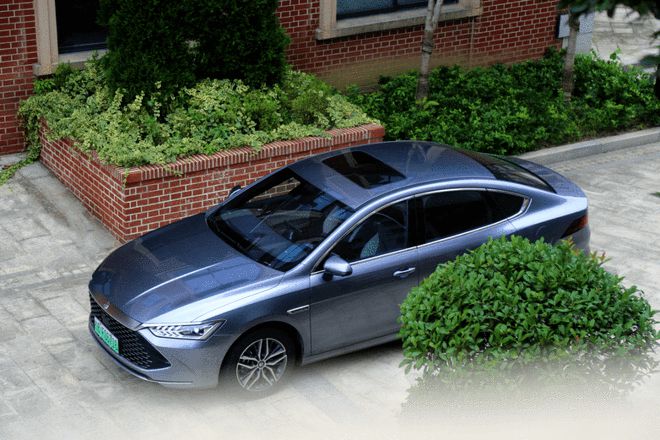
Gradually, all my "bad" habits, such as starting at the first red light when driving and never looking at the fuel consumption when stepping on the gas pedal, have come back, but every time, Qin PLUS DM-i will tell me with its quiet and smooth acceleration: Drive with confidence and boldness.
So far, including commuting, shooting and long-distance business trip, this Qin PLUS DM-i has been driving on urban roads and high-speed roads for about 80% and 20%, and it has only been charged for three times during this period. In the case of long-term power loss, its apparent fuel consumption has remained at the level of 3.6L/100km.
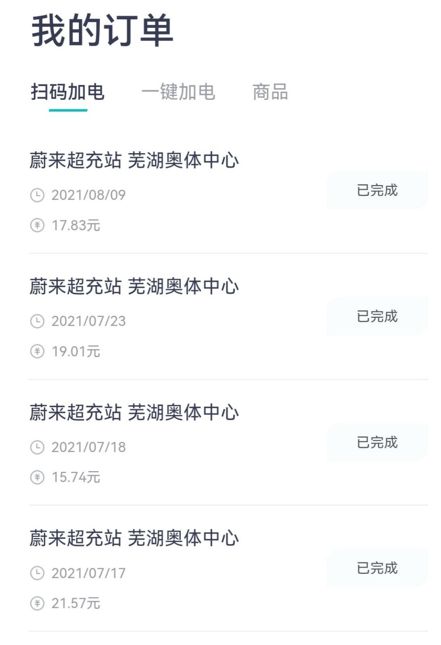
The last charge was after the manuscript was finished.
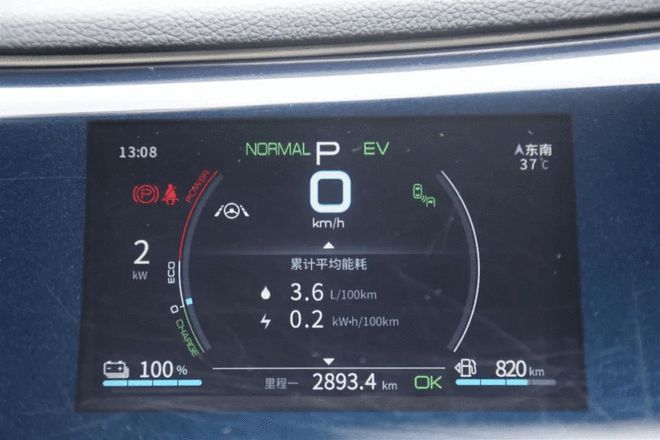
Before charging, I forgot to shoot the meter, which showed fuel consumption, and I shot before leaving when I was fully charged.
Don’t panic at high speed due to power loss.
For this hybrid system of Qin PLUS DM-i, many people are very concerned about whether it will be like Toyota’s hybrid system, although the urban fuel consumption is low, but the high-speed fuel consumption is high.
The final measured performance should make many DM-i followers breathe a sigh of relief.
Last time I was on a business trip to Hefei, I did a test by the way. In the state of power loss, I traveled at a high speed, 307km round trip, and the speed kept between 110 and 120 km/h. Finally, the apparent fuel consumption was about 4.5L/100km, which was excellent.
Of course, because the air conditioner was turned on all the way, and when the engine returned to the starting point, it charged 5% more electricity for the battery, so the battery life was 159km longer than the actual mileage, which may indicate that the fuel consumption of this 1.5L engine will be slightly higher because it needs to be driven and powered at the same time, but the overall fuel consumption will remain within an acceptable range.
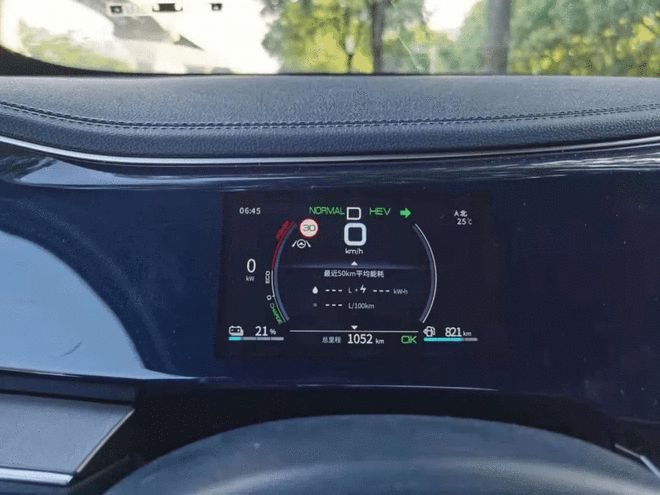
Clear the fuel consumption data before departure.
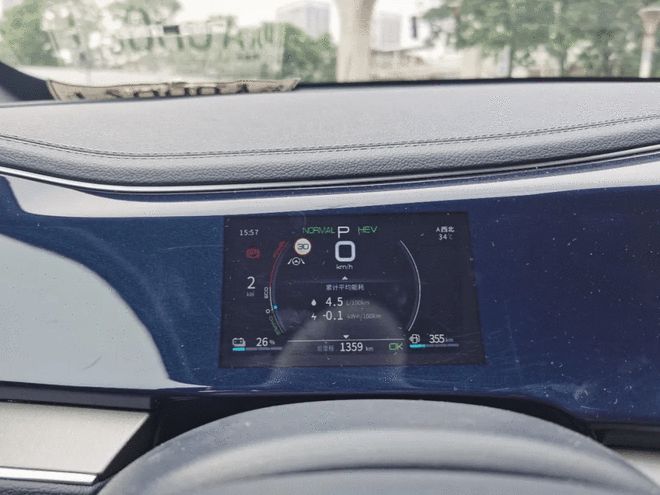
End of trip
At the same time, Qin PLUS DM-i will not be weak in high-speed acceleration when it is fed, because the battery of the vehicle will always maintain a certain percentage of power, thus providing power support during rapid acceleration.
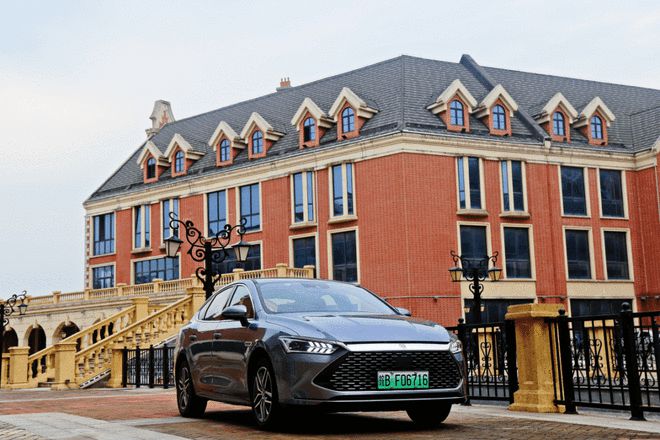
The charging speed is fairly fast.
Of course, for many users who plan to buy DM-i, they hope to achieve the ultimate green travel, so as long as conditions permit, they may try to keep their vehicles in a fully charged state.
For this problem, I also measured it through this Qin plus DM-I.
My machine is a top-of-the-line version with a battery life of 120km, which supports fast charging. When charging at Weilai’s fast charging station, it takes 58 minutes to charge from 20% to 99%, of which it takes about 35 minutes to charge from 30% to 80%.
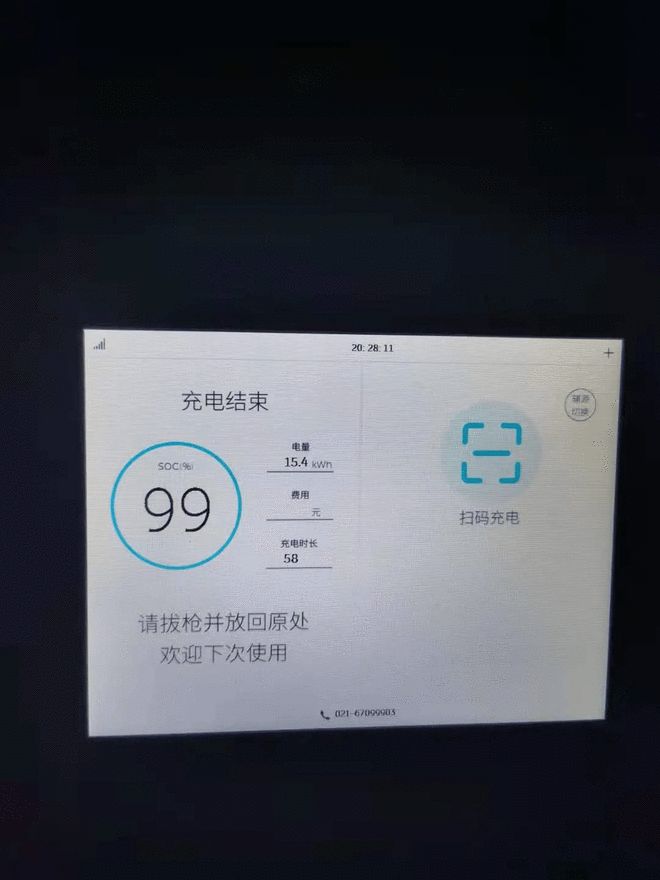
This charging speed is certainly not fast compared with most pure trams, but because the battery capacity is small, the overall charging time is completely acceptable, and it can be charged for more than half in the case of a short rest in the service area.
The car system is powerful enough
In addition to the super hybrid DM-i, this Qin PLUSDM-i impressed me deeply with its intelligent performance.
Speaking of it, I have also tested many models. Looking back, the functionality of BYD DiLink intelligent network connection system should be the most perfect.
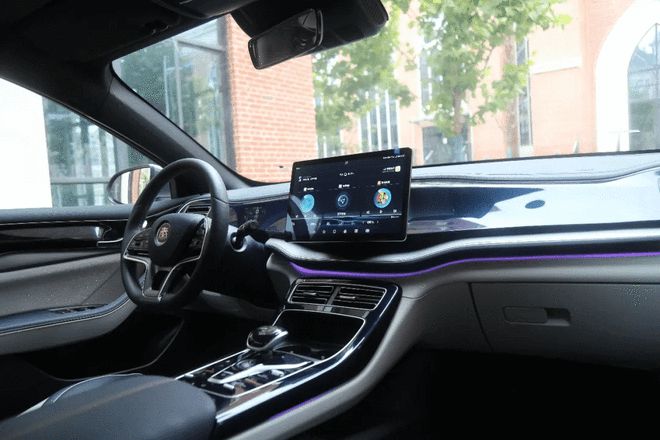
For the simplest example, when speech recognition is started, if the air volume of Qin PLUS DM-i is relatively large, it will automatically and intelligently adjust the air volume to prevent the recognition rate from being affected by poor pickup effect. Not only that, this voice recognition system can not only control common operations such as air conditioning and music, but also control most functions and apps integrated on the central control screen.
This is very practical.
With the increasing popularity of "one screen to control everything" in the car system, many complicated car functions and settings will be buried deep in the layers of menus, which is very inconvenient to find, especially when looking for and adjusting during driving, which will also affect driving safety. DiLink system can control the deep functions such as adjusting the SOC value of the car and adjusting the brake feedback strength by voice, which can be done in one sentence, which is convenient, fast and safe.
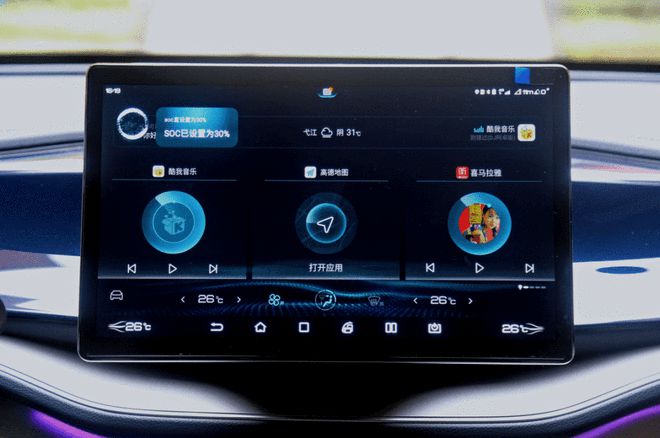
It has a sense of advanced driving.
If the hybrid system and intelligence show the technological side of Qin PLUS DM-i as a new energy star model, then its driving experience shows me BYD’s skills in traditional car-making technology.

As a 100,000-class family car, Qin PLUS DM-i adopts a common torsion beam rear suspension of the same level, and its hardware specification is not high. However, after the adjustment of the chassis master, the chassis is solid and compact, and the compression rebound of the suspension is crisp and neat, filtering out most vibrations while retaining a certain sense of road. Even if it encounters a relatively large pothole, the vibration transmitted from the rear suspension to the car will not be very stiff.
I have always heard that Hans, the chief chassis adjustment expert of BYD, is from Mercedes-Benz. Needless to say, the driving quality of Qin PLUS DM-i is really a bit of Mercedes-Benz.
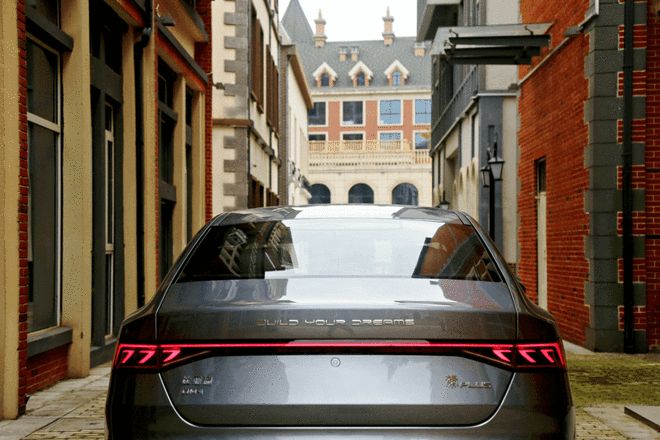
Total knot
It is not difficult to find that Qin PLUS DM-i still has excellent performance in power and fuel consumption under the condition of power loss, regardless of urban roads or high-speed road conditions. At the same time, Qin PLUS DM-i also inherited BYD’s consistently high-intelligence and solid chassis. It is no wonder that a car is hard to find nowadays.
Through this long test, I also want to say to those riders who are waiting for the order to be delivered: DM-i, it’s really worth waiting for!
关于作者